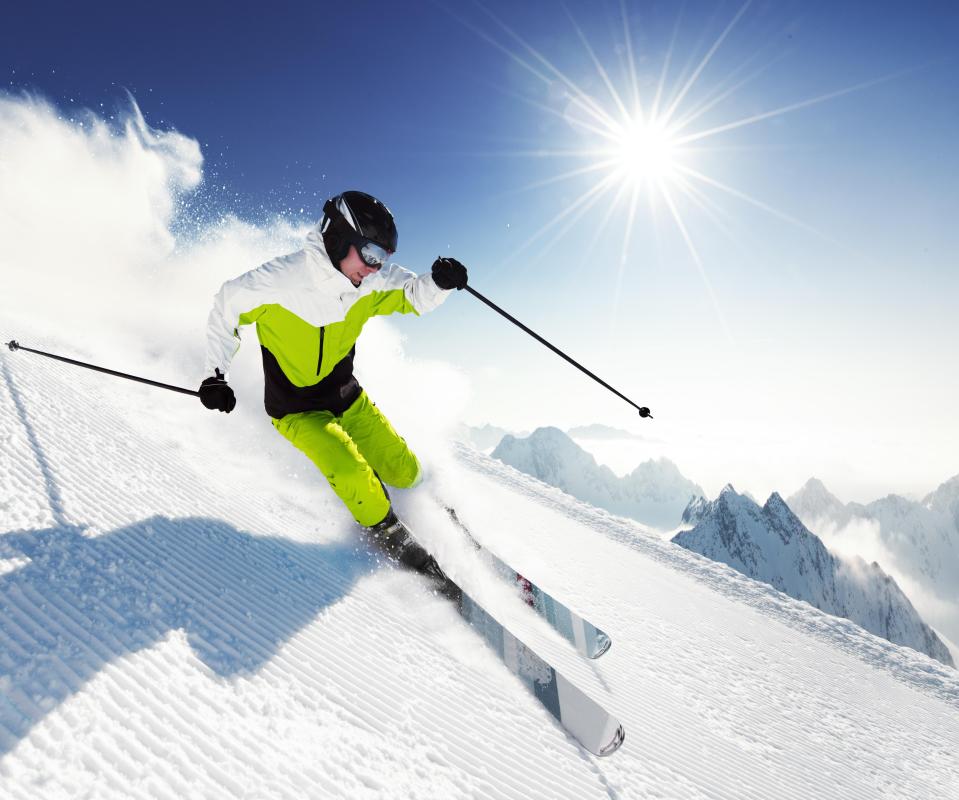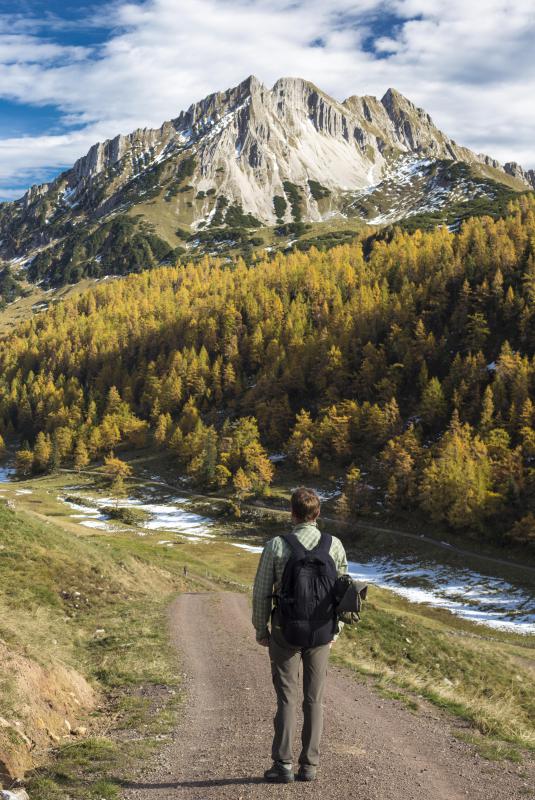At AllThingsNature, we're committed to delivering accurate, trustworthy information. Our expert-authored content is rigorously fact-checked and sourced from credible authorities. Discover how we uphold the highest standards in providing you with reliable knowledge.
What is an Avalanche?
An avalanche is a falling mass of material such as snow, rock, or debris. Avalanches occur when the weight of a packed mass of material causes a section of the material to shear off. As the material travels across the landscape, it can do a significant amount of damage, and avalanches are a major concern in some regions of the world.
The word “avalanche” comes from the Romansh language of Switzerland, and it originally referred specifically to a falling mass of snow. Over time, people have adopted the term to refer to landslides of rock and debris as well. Avalanches continue to be an issue in Switzerland, and they also occur in parts of North America, and in any other regions where there are large mountain ranges.

For an avalanche to occur, several conditions must be satisfied. The mass of material must be on a slope with a significant angle, and it must be weakened by its own weight. Earth tremors, shock waves from engines and explosions, or even a skier's passage can trigger a critical weakness as the mass of material reaches a tipping point and shears off. As the avalanche travels down the slope, it can pick up more material, becoming larger and more dangerous.

In a snow avalanche, the snow may be a tightly packed chunk, in which case it is known as a slab avalanche, or a looser mass of flowing snow, in a powder avalanche. Unstable snow is an issue of concern in recreation areas because skiers, snowboarders, and other people out in the winter are at risk of being caught in avalanches. Many governments monitor avalanche-prone regions carefully for early warning signs of avalanches, posting warnings to alert people to the danger level.

Some regions practice avalanche control. An event may be deliberately triggered with a targeted explosion so that it can occur harmlessly when no people are around, or barriers may be installed on frequently-used slopes to slow or stop the progress of falling materials.
Traveling on the edge of trails reduces the risk of being caught, because avalanches tend to follow the path of least resistance along the middle of the trail. If caught, people should jettison skiing and snowboarding gear, and use a swimming motion to try to stay on top of the falling snow. In cases where it is impossible to stay on top of the snow, the chest should be thrust out with a deep breath, and a hand should be used to cover the face to create breathing room.

If victims are rescued within 15 minutes, their chances of survival are very good. For this reason, carrying avalanche beacons is recommended, as the beacon can help rescuers find a victim quickly. People should also travel with partners in regions with unstable snow and rock, and they should pack shovels so that witnesses can quickly dig down to rescue victims, since every minute counts.
Frequently Asked Questions
What exactly is an avalanche?
An avalanche is a rapid flow of snow down a slope, such as a hill or mountain. Avalanches can occur naturally or be triggered by external factors like human activity. They typically happen in areas with a significant snowpack that becomes unstable, leading to a sudden release and downhill rush of snow, ice, air, and debris.
What causes an avalanche to occur?
Avalanches are caused by a combination of factors including snowpack, terrain, weather, and human disturbance. A weak layer in the snowpack can collapse under the weight of new snow or a sudden temperature rise, causing the overlying snow to fracture and slide. Slopes steeper than 30 degrees are more prone to avalanches.
How can you predict when an avalanche will happen?
Predicting avalanches involves assessing snowpack stability, weather conditions, and terrain. Experts use tools like snow pits to examine layers and test for weak points. Remote sensing technology and avalanche forecasting models also aid in prediction. However, it's an inexact science, and there's always an element of unpredictability.
What are the different types of avalanches?
There are several types of avalanches, including slab avalanches, where a cohesive plate of snow breaks away; loose snow avalanches, which start from a single point and gather snow as they move; and wet avalanches, which occur when snow melts and becomes heavy. Each type has distinct characteristics and risks.
How can you survive an avalanche if caught in one?
Survival tactics include trying to move to the side of the avalanche, grabbing onto a sturdy object, swimming to stay near the surface, and creating an air pocket once the snow settles. Carrying avalanche safety equipment like a beacon, probe, and shovel can significantly increase chances of rescue and survival.
What safety measures can reduce the risk of an avalanche?
To reduce avalanche risk, avoid steep slopes after heavy snowfall or rapid thawing, follow local avalanche forecasts, travel with experienced companions, and carry appropriate safety gear. Ski resorts often use controlled explosions to manage snowpack stability. Proper education and training in avalanche safety are crucial for anyone venturing into potential avalanche terrain.
AS FEATURED ON:
AS FEATURED ON:














Discuss this Article
Post your comments